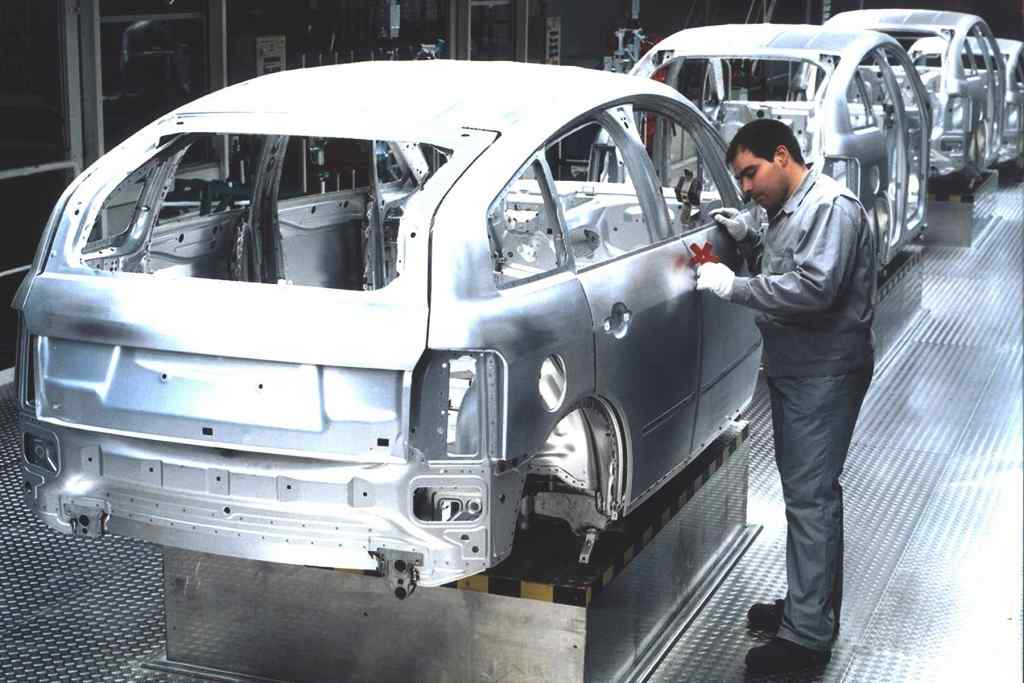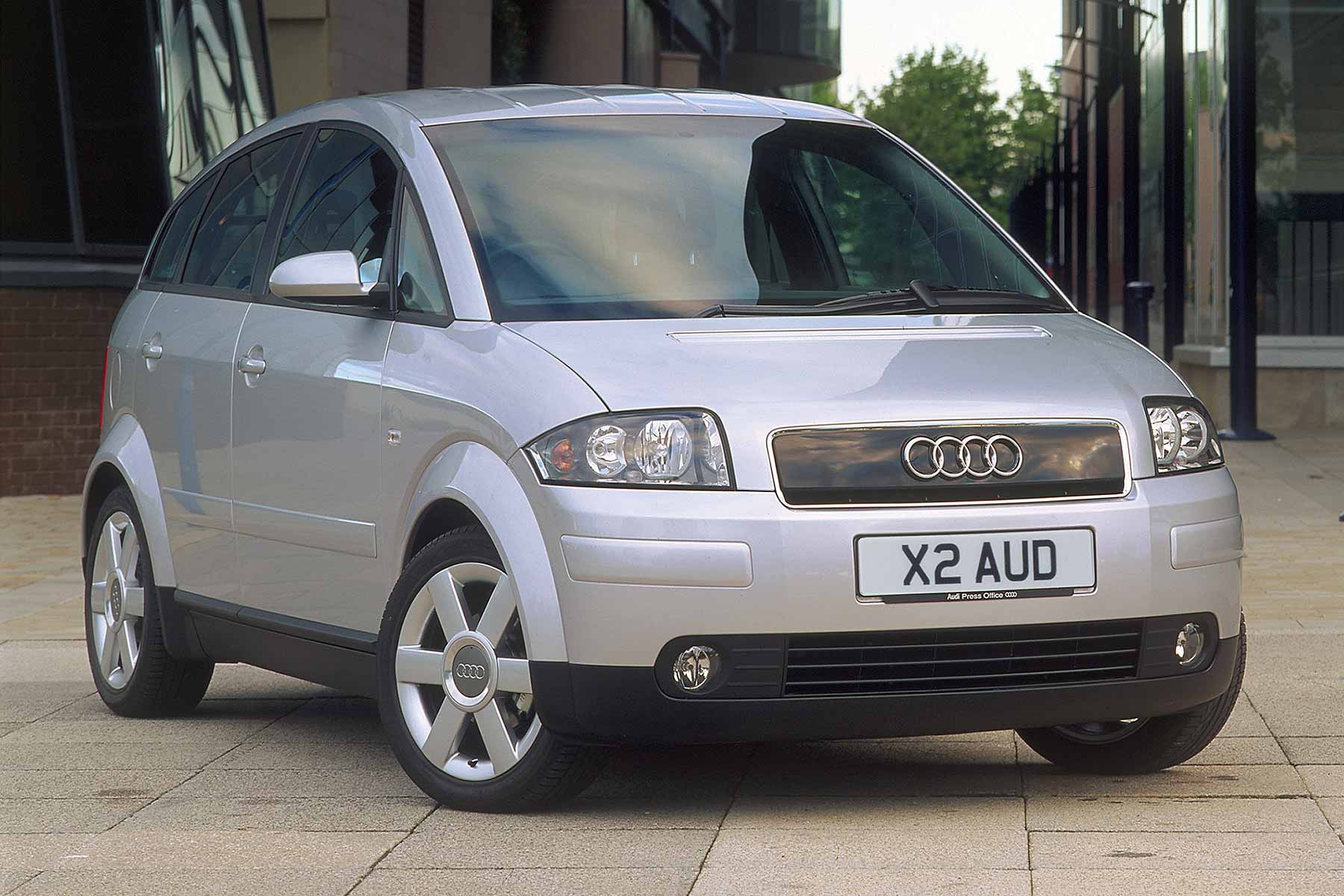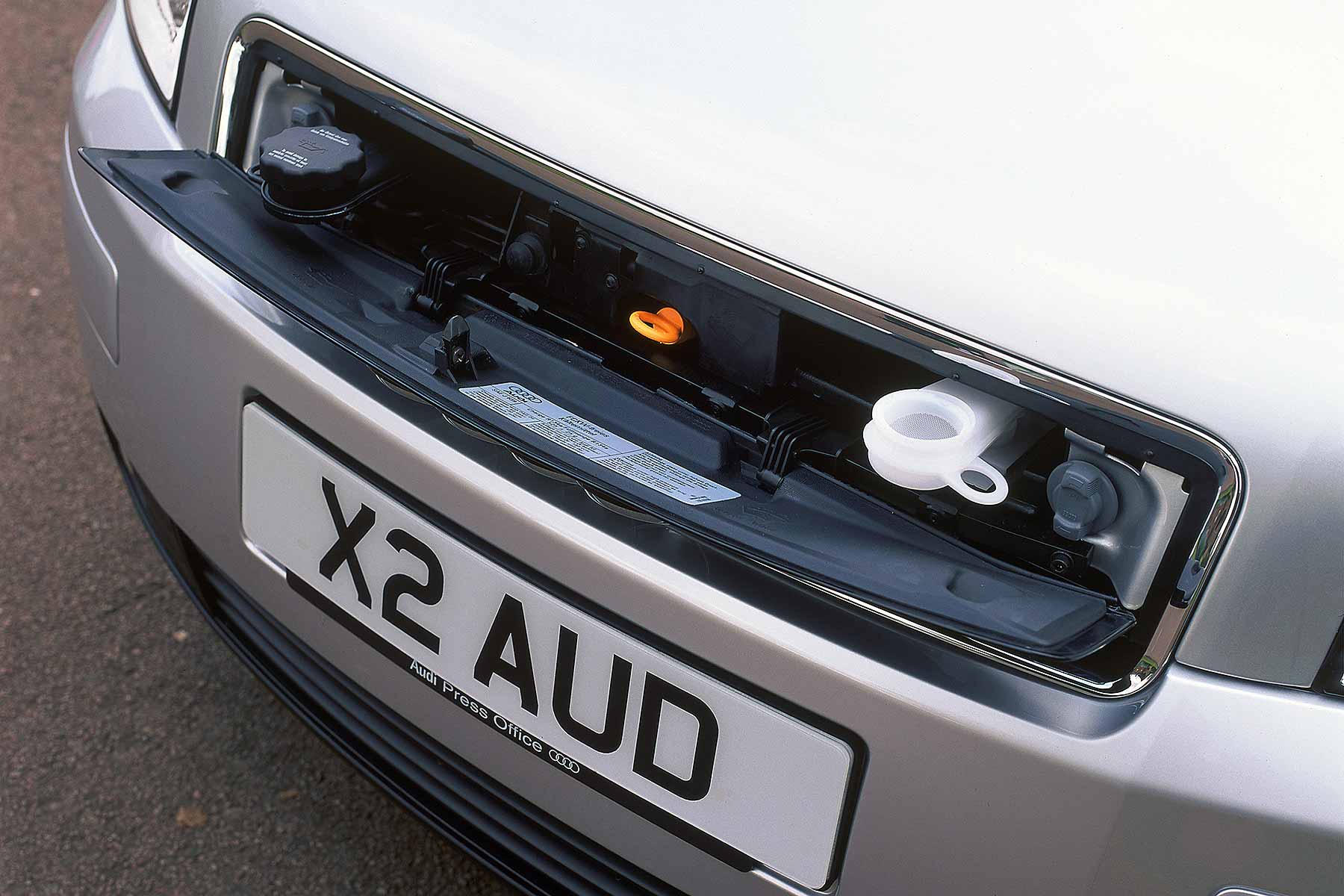It had an advanced, lightweight aluminium body structure. A super-slippery silhouette to cheat the wind. A drop-down front panel allowing access to essential servicing items. On paper this sounded like the sports car of tomorrow.
The Audi A2, however, was a five-door hatchback – and a tall one at that. Its silhouette was dangerously close to a ‘sensible shoes’ people carrier, its most powerful engine a 1.6-litre unit that mustered 110hp.
It was also brave, brilliant and if you’re thoughtful about design and its functionality, deeply appealing. The A2 was a car years ahead of its time.
A slippery customer

The previous paragraph sounds like ad copy, but the A2 really was futuristic. It emerged in 1999, yet was built around the engineering obsessions of today: light weight, a low drag coefficient, highly efficient engines and a suite of lesser fuel economy boosters. These ranged from intelligent alternators to low rolling-resistance tyres.
None of which obstructed its functionality. Unlike most ultra-aerodynamic cars, you didn’t strike your head on the roof when you were getting in, and its boot wasn’t so tiny that you needed a ‘light weighting’ approach to packing. You could even turn your A2 into a van by extracting its removable rear seats.
Mind you, Audi was rather mean with these, providing only two in the rear as standard, no doubt in the interests of weight-saving, the fifth place being optional. This was consistent with Audi’s fairly sparse approach to standard equipment, too.
Still, no point in undoing the good work done by the body engineers, who had designed a shell that was 43 percent lighter than the steel equivalent, enabling the lightest A2 to weigh in at an impressive 895kg (a bantamweight in modern car terms).
Economy up to 94mpg

The A2 boasted a Cd (aerodynamic drag factor) as low as 0.25 for the least wind-resistant versions – a number only just being reached today. Its economical engines also produced the kind of efficiency car companies are chasing now. The 1.4-litre petrol engine was good for 45mpg, the diesel’s consumption in the 60s.
The 1.4 diesel was a three-cylinder, its charming throb also ahead of the times – and for some markets (not the UK, sadly) Audi built so called ‘three litre’ 1.2 version, its name referring to the car’s potential for 3 litres/100km (94mpg) economy. Its 81g/km CO2 emissions sound like a number from this decade rather than last century, too.
Power steering and air conditioning were stripped out to save fuel, the three litre’s economy further boosted by low rolling-resistance tyres, direct fuel injection, an automated manual transmission, engine stop-start and lightweight suspension. The downside was that all this technology made for an expensive car.
Money lost on every car

If the three-litre A2’s money-saving credentials were dubious for owners, the economics of the entire A2 project were disastrous for Audi. The company is alleged to have lost £4,000 on every car sold, partly because its alloy body was expensive to make, but also because the A2 sold nowhere near the numbers intended.
During its shortened six-year life, 176,377 cars found buyers, a poor contrast to the one million or so A-Class models that Mercedes-Benz sold. The A2’s high price didn’t help and nor did its flaws, although there were less of these than the Mercedes presented. The A2 didn’t fall over at the sight of an elk, either.
Still, the A2 had a few issues, and seeing out of it was one of them. The lengthy distance from the driver’s eyes to the A-pillars sometimes made it hard to see past them, while the abruptly curved tailgate glass distorted a rearward view further impeded by a spoiler and tinted glass. Water-repellent tailgate glazing didn’t compensate for a missing rear wiper, either.
The A2’s other big issue was its ride, which had you wondering whether you really wanted to save fuel that badly, and whether the engineers had inflated its tyres to 100psi in a misguided quest for economy. It was expensive to repair after a crash, too, a factor that has sent many to an early rendez-vous with the crusher.
A design school thesis

If you’re a lover of rational design, it’s hard not to admire – and even desire – an A2. It might have resembled an automotive design school thesis, but the ridged roof, single pantograph-action wiper, lack of any wiper at all at the rear, dent-proof plastic wheelarches, removable rear seats and maintenance features accessed via the closed-off grille (pictured above) all pointed to a project fashioned by young and slightly naive idealists.
Not that you’d call it pretty, now or then, its university project styling clearly failing to trigger the mass extraction of credit cards from wallets.
For all that, though, it was a mightily far-sighted car, its emphasis on low emissions, good economy and clever practicality all the stuff of today’s showrooms. And only BMW has dared to pursue a lightweight body structure for a car in this class since, with the i3.
Audi’s engineering ambition has been a little more cautious since the A2. But failure or not, this car certainly shone a light on the future.
ALSO READ:
2004 Audi A2 review: Retro Road Test



There was a Five seater available, but the Four seater configuration is more usable!
I know I have both of them!